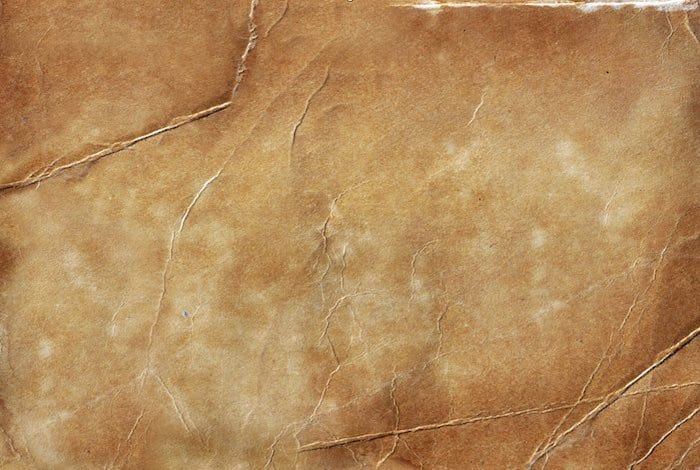Thomas Watson
Sir Thomas Watson, 1st Baronet (1792 – 1882) was an English physician.
He presented the landmark ‘Lectures on the principles and practice of physic‘ at King’s College London (1836-37), which was later published in the London Medical Gazette (1841-1842) and now renowned as a guiding work in the medical literature in a two volume collection (1844-1871).
Sir Watson is best remembered for his description of the palpable pulse of aortic regurgitation in 1837 as likened to a Victorian toy, the water-hammer pulse.
He was president of the Royal College of Physicians (1862-66), Physician Extraordinary to Queen Victoria, and created a baronet, among his many academic roles at English universities.
Biography
- Born 7 March 1792, Devonshire, England
- 1815 – Graduated with B.A. as tenth wrangler (tenth placed) from St. John’s College, University of Cambridge
- 1818 – Awarded M.A. degree from St. John’s College, University of Cambridge
- 1819 – Commenced medical studies at St. Bartholomew’s Hospital (London), with further classes at the University of Edinburgh before returning to Cambridge
- 1825 – Conferred M.D. degree from the University of Cambridge
- 1826 – Fellow of the Royal College of Physicians
- 1826-44 – Appointed physician to Middlesex Hospital (London)
- 1828-31 – Professor of Clinical Medicine at the newly opened University College London
- 1831 – Professor of Forensic Medicine at King’s College London
- 1836 – Professor of the Principles and Practice of Medicine, King’s College London
- 1836-37 – Presented the ‘Lectures on the Principles and Practice of Physic‘, which were later published in the London Medical Gazette then as two book volumes
- 1859 – Appointed Physician Extraordinary to Queen Victoria
- 1862-66 – President of the Royal College of Physicians
- 1866 – Created a baronet
- 1870-82 – Physician-in-ordinary to Queen Victoria
- Died 11 December 1882
Medical Eponyms
Watson water-hammer pulse (1837)
In aortic regurgitation (insufficiency), the visible pulse (carotid) is termed the Corrigan pulse; and the palpable pulse (usually radial) the water-hammer pulse
The pulse of aortic regurgitation is, sometimes at least, very striking and peculiar: sudden, like the blow of a hammer, without any prolonged swell of the artery. This pulse always reminds me of the well-known chemical toy, formed by including a small quantity of liquid in a glass tube, exhausted of air, and hermetically sealed. On reversing the tube, the liquid falls from one end of it to the other with a hard short knock, as if it were a mass of lead. The sensation given to the finger by the pulse, when there is much regurgitation through the aortic valves, is very similar to this. It is as if successive balls of blood were suddenly shot along under the finger.
Dr. Hope calls this pulse a jerking pulse; the pulse of unfilled arteries. And this abrupt pulse makes itself visible in the arteries; the wave of blood lifts, and moves, and sometimes contorts the vessel. When this kind of pulse occurs with a diastolic bellows-sound heard along the track of the aorta, and the short clack of the second sound is absent or muffled, you may be quite sure that the aortic orifice is patulous during the diastole. The reflux of the blood, when the patency is great, is strong enough sometimes to produce a palpable shock or jog, called the diastolic impulse. And this refilling of the ventricle from the artery may even provoke it to a supernumerary contraction.
Thomas Watson. Lecture 60 (1842: 647)
Note: In 1933, the eminent cardiologist Sir Thomas Lewis described the quality of the water-hammer pulse-wave of aortic incompetence.
If a globule of mercury is sealed into a glass tube 2 inches long, and this is held by its ends between thumb and little finger and tipped up, it delivers a pulse closely resembling that of free aortic regurgitation. The water-hammer was a similar toy.
Lewis 1933: 121
Major Publications
- Watson T. Some cases of transposition observed in the human body. London Medical Gazette. 1836; 18: 393-403
- Watson T. The second sound of the heart. London Medical Gazette. 1837; 19: 526-528
- Watson T. Diseases of the heart. Lecture 60 on the principles and practice of physic. London Medical Gazette. 1842 Jan 21; 29: 641–650 [Watson water-hammer pulse p647]
- Watson T. Lectures on the principles and practice of physic. [Lectures from King’s College, London 1836-1837] 1844
- Watson T. Watson abridged: synopsis of the Lectures on the principles and practice of physic, delivered at King’s College, London. 1867
- Watson T. The abolition of zymotic diseases. 1879
References
- Obituary: Sir Thomas Watson. Br Med J. 1882;2:1282-85.
- Munk W. Thomas (Sir) Watson. Lives of the Fellows. 3:291.
- Suvarna JC. Watson’s water hammer pulse. J Postgrad Med. 2008 Apr-Jun;54(2):163-5.
- Chirinos JA et al. A Unified Mechanism for the Water Hammer Pulse and Pulsus Bisferiens in Severe Aortic Regurgitation: Insights from Wave Intensity Analysis. Artery Res. 2018 Mar;21:9-12.
- Zhang G. Eponyms in Aortic Regurgitation. LITFL 2019

eponym
the person behind the name
Doctor in Australia. Keen interest in internal medicine, medical education, and medical history.

